The best darts for you depend heavily on your throwing style, grip, and experience level; generally, start with a heavier dart (around 24-26 grams) with a balanced weight distribution and a moderate grip, then experiment. This article will guide you through the different types of darts, materials, weights, grips, and more, so you can confidently decide which darts should i buy and improve your game.
⚠️ Still Using Pen & Paper (or a Chalkboard)?! ⚠️
Step into the future! The Dart Counter App handles all the scoring, suggests checkouts, and tracks your stats automatically. It's easier than you think!
Try the Smart Dart Counter App FREE!Ready for an upgrade? Click above!
Factors to Consider When Deciding Which Darts Should I Buy
Choosing the right darts can be a game-changer, but it’s not always straightforward. Several elements influence the optimal dart selection. Here’s a breakdown of the crucial aspects you should consider.
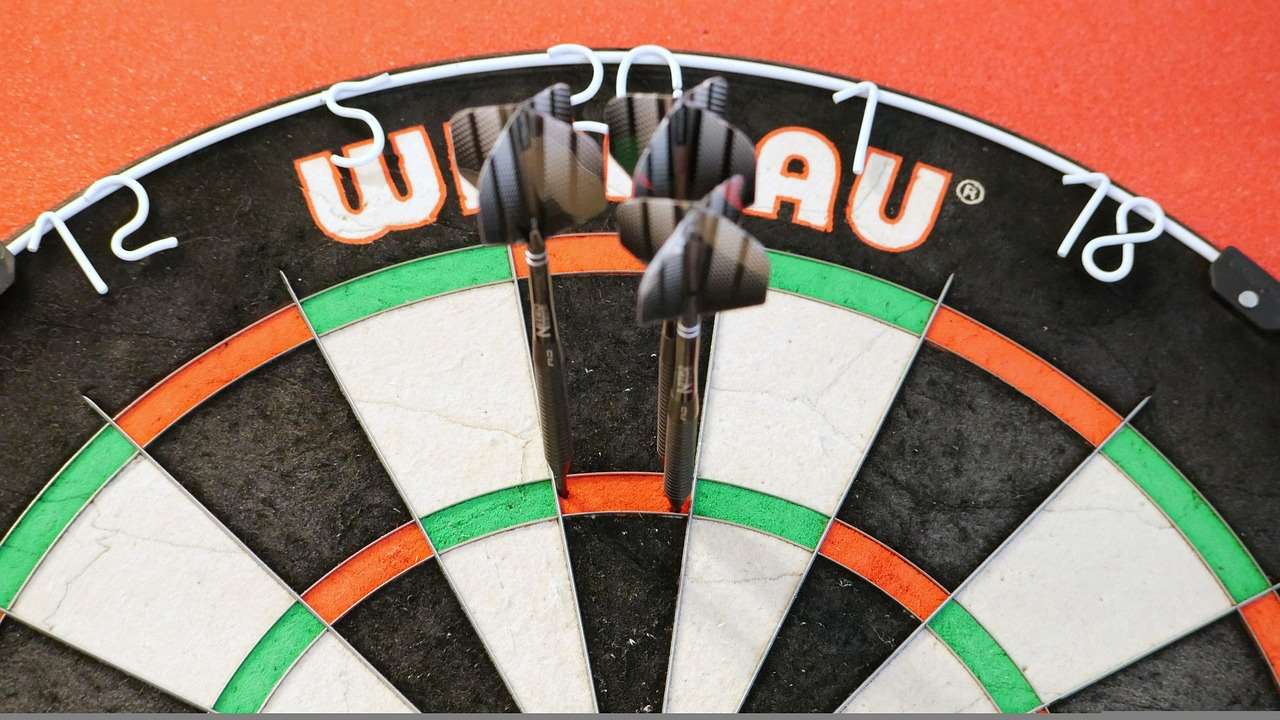
Dart Weight: Finding Your Perfect Balance
Dart weight is arguably the most crucial factor. Heavier darts (24-26 grams) are often recommended for beginners as they tend to be more stable in the air and require less force to throw accurately. This can lead to more consistent throws. Lighter darts (20-23 grams) may suit more experienced players with a faster, more controlled throw. Experiment to find what feels best.
- Heavier Darts (24-26g): More stable, require less force, good for beginners.
- Medium Darts (22-24g): A good compromise for various throwing styles.
- Lighter Darts (20-22g): Require more control, suitable for experienced players.
Ultimately, personal preference reigns supreme. Visit a local darts shop, if possible, and try out different weights to see dart flight with stems. You’ll quickly notice which feels most comfortable and which yields the best results.
Dart Material: Steel Tip vs. Soft Tip
The material of your darts is another key decision point, primarily driven by the type of dartboard you’ll be using. The two main categories are:
- Steel Tip Darts: Designed for traditional bristle dartboards. The tips are made of steel and are meant to stick directly into the tightly packed fibers of the board.
- Soft Tip Darts: Designed for electronic dartboards. These darts have plastic tips that are designed to register hits on the electronic scoring surface.
If you are using a traditional bristle board, steel tip darts are the only option. For electronic boards, soft tip darts are mandatory. Using the wrong type of dart will damage the dartboard. Check out the darts automatic scoring system vergleich
Dart Barrel: Grip, Grooves, and Geometry
The dart barrel is the main body of the dart and where you grip it. The barrel’s design significantly impacts your grip and throwing consistency. Factors to consider include:
- Grip: Aggressive grips (knurled or deeply grooved) provide a secure hold, ideal if you tend to have sweaty hands or prefer a firm grip. Smoother grips offer more freedom of movement and are better for players who like a looser feel.
- Grooves: The pattern and depth of the grooves can influence your grip. Some players prefer many shallow grooves, while others prefer fewer, deeper grooves.
- Shape: Barrels come in various shapes, including straight, torpedo, and bomb. Straight barrels offer consistent grip along the entire length, while torpedo barrels are thicker in the front and taper towards the back, which can help with accuracy for front-grippers. Bomb-shaped barrels are thickest in the middle.
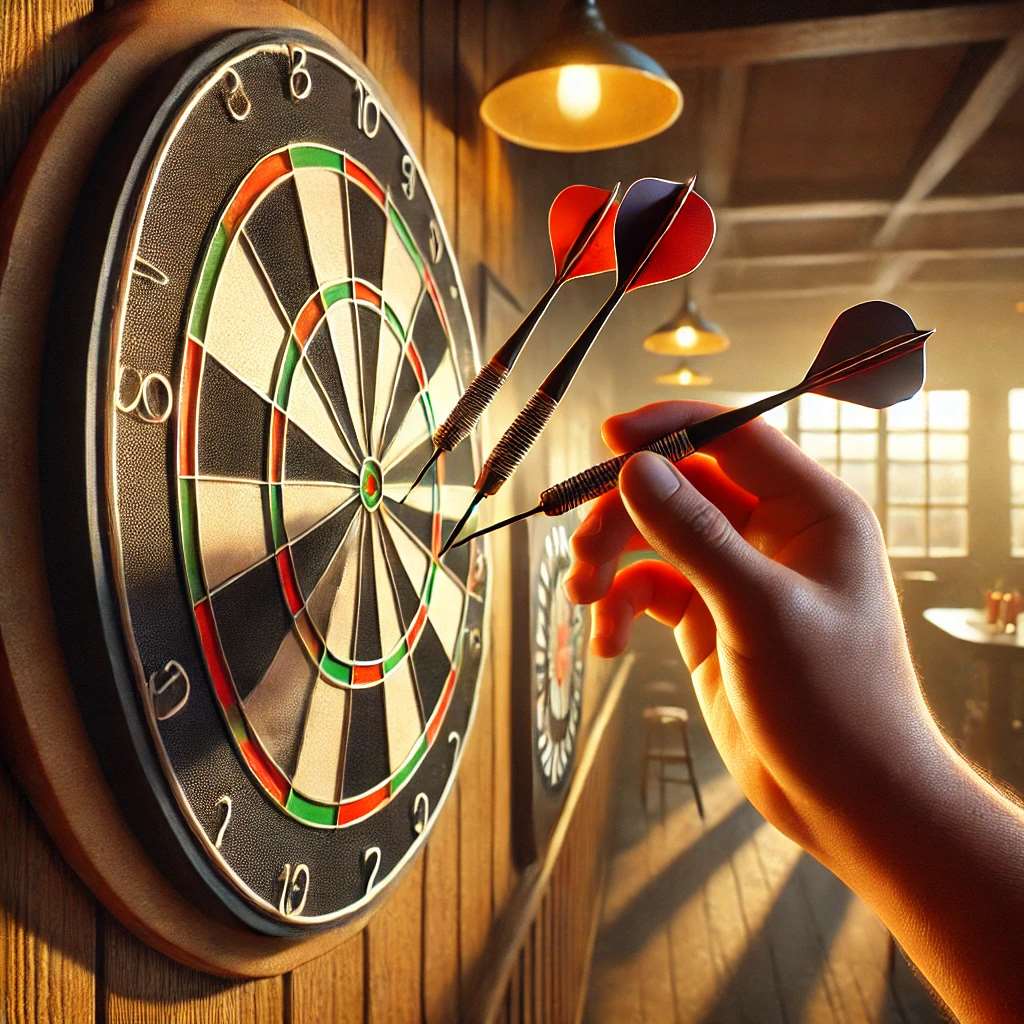
Again, experimentation is key. Try different barrel shapes and grip styles to see what feels most natural and allows you to release the dart cleanly and consistently.
Digging Deeper: Beyond the Basics
Now that we’ve covered the essential factors, let’s delve into some more nuanced aspects that can further refine your dart selection.
Dart Shafts: Length and Material Matters
Dart shafts (also known as stems) connect the barrel to the flight. Their length and material can affect the dart’s flight path and stability. Common materials include:
- Nylon/Plastic: Affordable and durable, but can be prone to bending or breaking upon impact.
- Aluminum: More durable than nylon, providing a more consistent flight. However, they can loosen over time.
- Carbon Fiber: Lightweight and extremely durable, offering excellent flight stability. However, they are the most expensive option.
Shaft length also plays a role. Shorter shafts tend to make the dart fly straighter and faster, while longer shafts can provide more stability, particularly for players with a looping throwing motion. Experiment with different lengths to see what improves your accuracy. Also, consider using a dart flight holder to keep your darts organized.
Dart Flights: Shape, Size, and Stability
Dart flights are attached to the shaft and are responsible for stabilizing the dart during flight. They come in various shapes and sizes, each influencing the dart’s trajectory.
- Standard: Provides the most stability and drag, slowing the dart down slightly. Good for beginners.
- Slim: Less drag, resulting in a faster, more direct flight. Suitable for experienced players with a consistent throw.
- Kite: A compromise between standard and slim, offering a balance of stability and speed.
- Pear: Similar to standard, but slightly smaller.
The material of the flight also matters. Thicker flights are more durable but can create more drag. Thinner flights are more aerodynamic but more susceptible to damage.
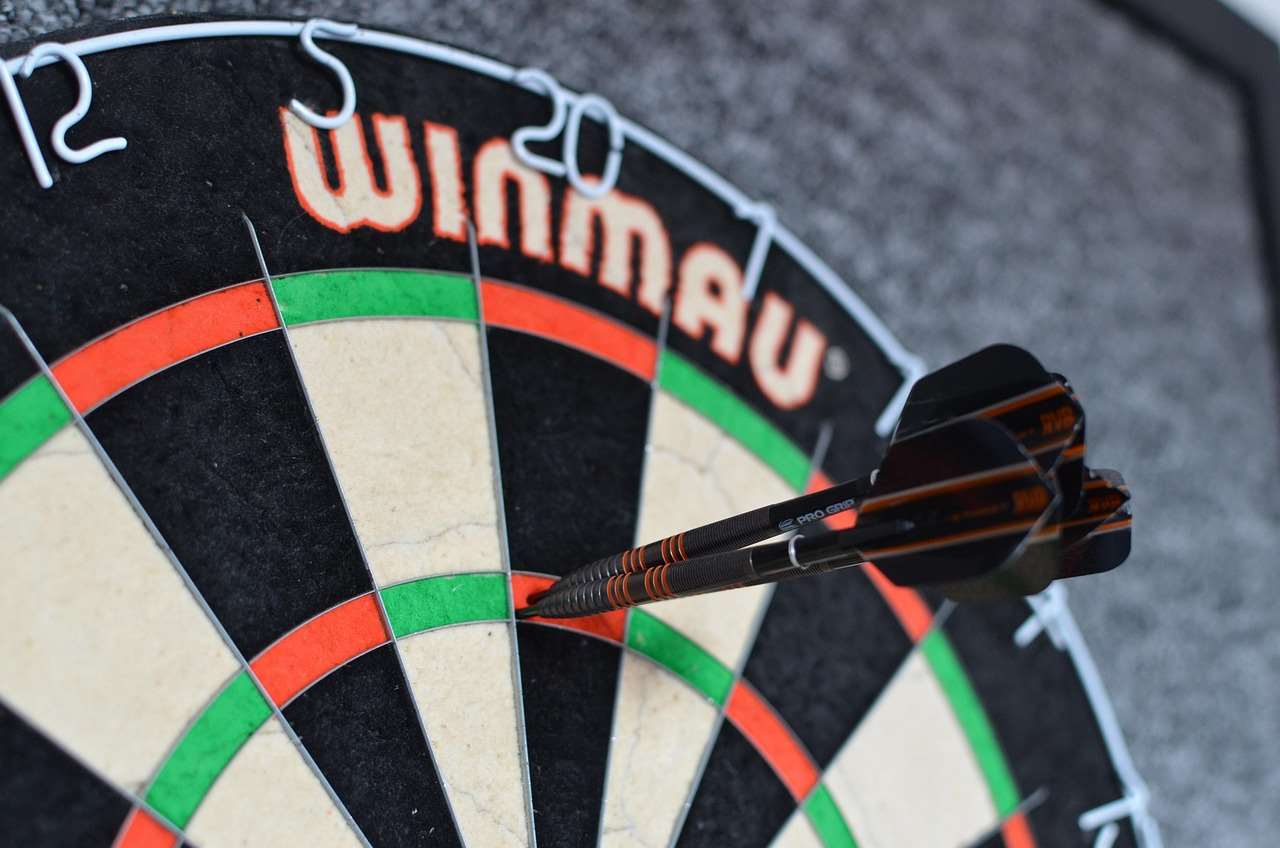
Which Darts Should I Buy?: Tailoring Your Choice to Your Skill Level
When considering which darts should i buy, it is important to consider your current skill level. Here are recommendations based on experience:
Beginner Darts: Focusing on Forgiveness
As a beginner, your primary goal is to develop a consistent throwing motion and learn the fundamentals. Here’s what to look for in beginner darts:
- Weight: 24-26 grams for stability.
- Barrel: A straight barrel with a moderate grip to promote consistency.
- Shafts: Nylon/plastic shafts for affordability.
- Flights: Standard shape for maximum stability.
Don’t overthink it. Focus on finding a set that feels comfortable and allows you to practice consistently.
Intermediate Darts: Refining Your Accuracy
As you progress, you’ll start to develop a better understanding of your throwing style and preferences. This is the time to experiment with different dart setups to fine-tune your accuracy:
- Weight: Experiment with slightly lighter weights (22-24 grams).
- Barrel: Explore different grip styles and barrel shapes.
- Shafts: Consider aluminum shafts for increased durability.
- Flights: Try slim or kite flights to increase speed and reduce drag.
Pay close attention to how different adjustments affect your throw. Video yourself throwing and analyze your technique to identify areas for improvement.
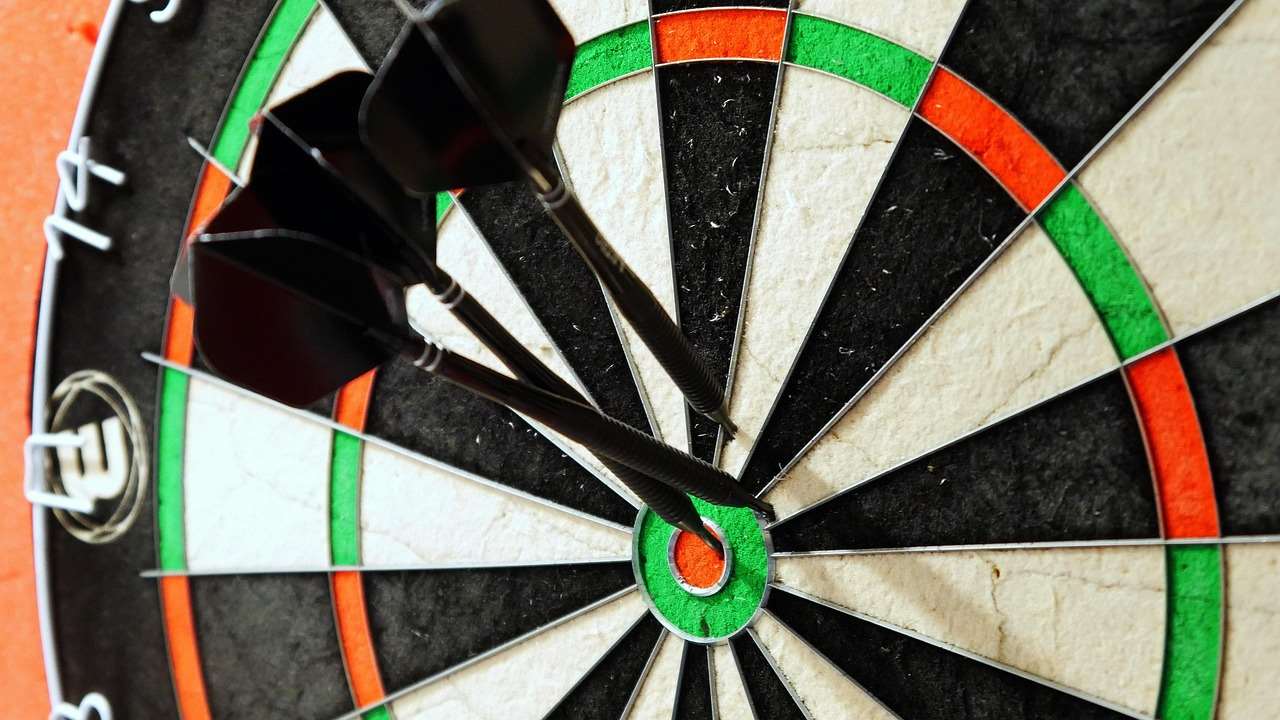
Advanced Darts: Maximizing Performance
At the advanced level, you’re looking for darts that perfectly complement your unique throwing style. Here’s what to consider:
- Weight: Fine-tune the weight to match your preferred throwing speed and force.
- Barrel: Choose a barrel shape and grip that provides maximum control and comfort.
- Shafts: Invest in carbon fiber shafts for optimal flight stability.
- Flights: Select flight shapes and sizes that precisely match your throwing style and desired trajectory.
Advanced players often have multiple sets of darts for different situations or to counteract specific opponents. Don’t be afraid to experiment and find the perfect setup for every scenario.
Budget Considerations
Dart prices vary greatly, from inexpensive sets for beginners to high-end custom-made darts for professionals. Here’s a general overview of what you can expect at different price points:
- Under $30: Entry-level darts, typically made of brass or low-grade tungsten. Suitable for beginners or casual players.
- $30-$75: Mid-range darts, often made of higher-grade tungsten and featuring more sophisticated designs. A good option for intermediate players.
- $75 and Up: High-end darts, typically made of premium tungsten and featuring custom designs and advanced features. Suitable for serious players and professionals.
Remember that the price of darts is not always indicative of their quality or suitability for your throwing style. Focus on finding darts that feel comfortable and perform well, regardless of the price tag.
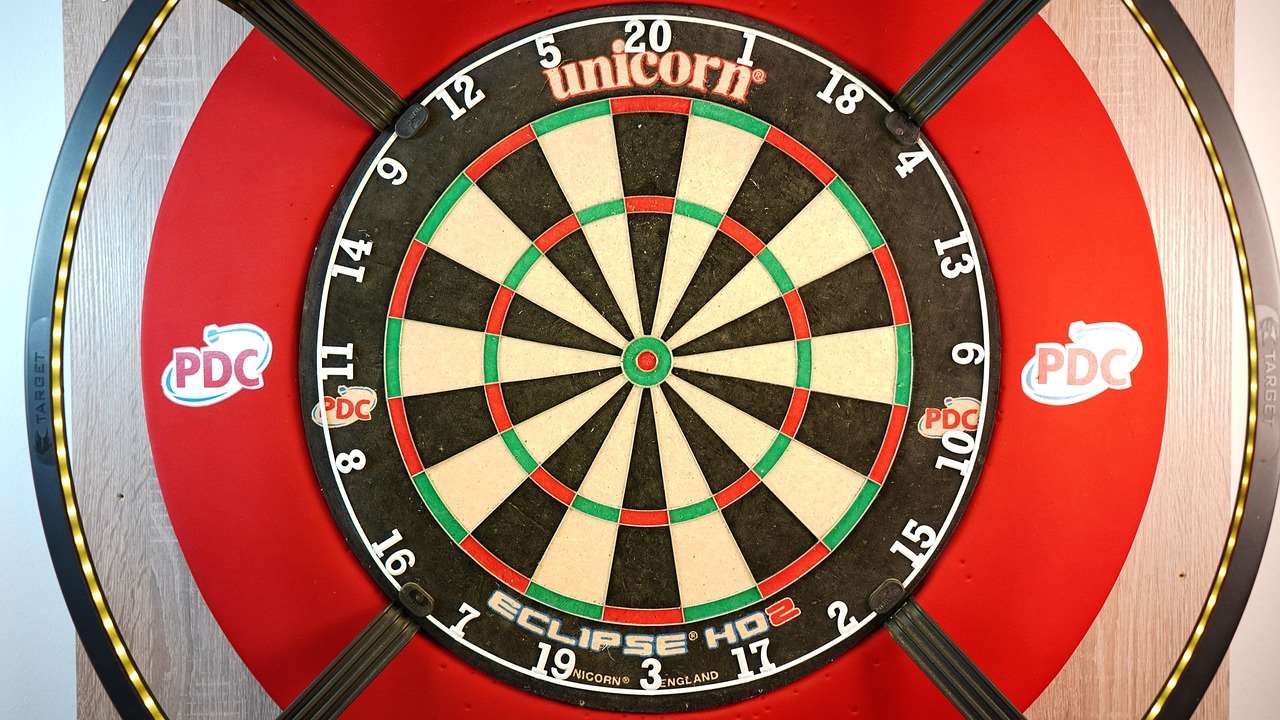
Maintaining Your Darts
Proper maintenance can significantly extend the lifespan of your darts and ensure consistent performance. Here are some essential tips:
- Clean your darts regularly: Wipe down the barrels with a soft cloth to remove dirt and grime.
- Sharpen your steel tips: Use a dart sharpener to maintain sharp, pointed tips for optimal penetration of the dartboard.
- Replace worn shafts and flights: Damaged or worn shafts and flights can negatively impact your dart’s flight path.
- Store your darts properly: Use a dart case to protect your darts from damage when not in use.
Following these simple maintenance tips will help you keep your darts in top condition and ensure consistent performance for years to come. Remember the Practice darts app with scoring is very useful to track your scores.
Conclusion: Finding Your Perfect Darts
Choosing which darts should i buy ultimately comes down to personal preference and experimentation. Consider your skill level, throwing style, and budget, and don’t be afraid to try different dart setups until you find the perfect fit. Remember to focus on finding darts that feel comfortable, allow you to throw consistently, and help you improve your game. Happy darting! Go check out darts 180 rules
Hi, I’m Dieter, and I created Dartcounter (Dartcounterapp.com). My motivation wasn’t being a darts expert – quite the opposite! When I first started playing, I loved the game but found keeping accurate scores and tracking stats difficult and distracting.
I figured I couldn’t be the only one struggling with this. So, I decided to build a solution: an easy-to-use application that everyone, no matter their experience level, could use to manage scoring effortlessly.
My goal for Dartcounter was simple: let the app handle the numbers – the scoring, the averages, the stats, even checkout suggestions – so players could focus purely on their throw and enjoying the game. It began as a way to solve my own beginner’s problem, and I’m thrilled it has grown into a helpful tool for the wider darts community.